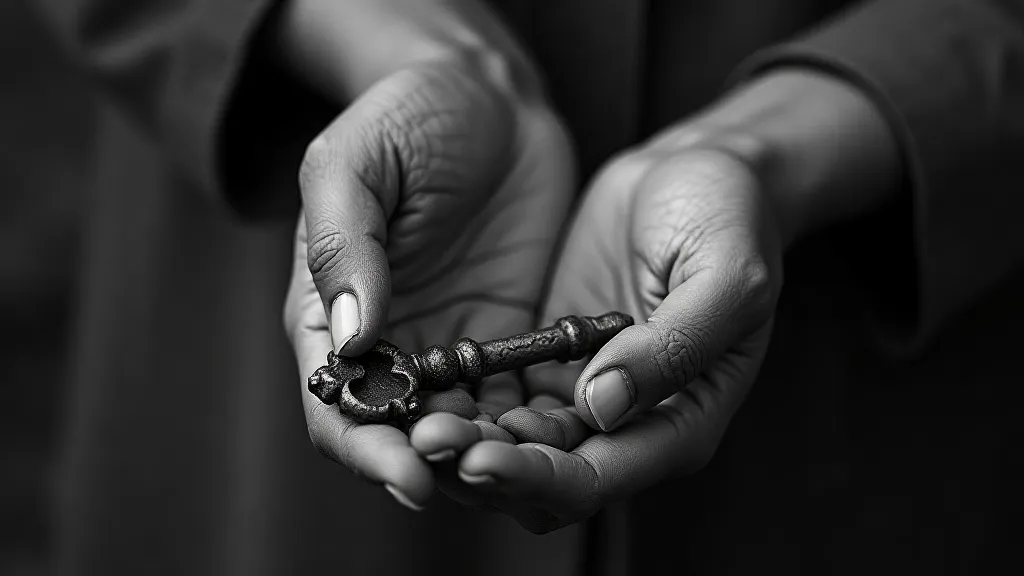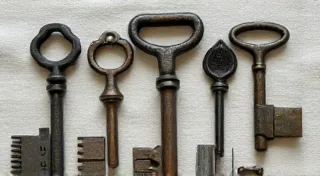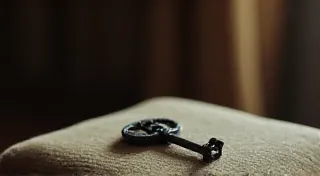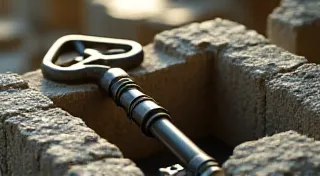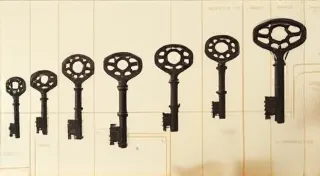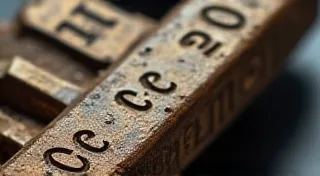Sympathetic Resonance: When a Key Echoes a Soul
There’s a curious intimacy that settles upon you when you hold an antique key. It's not merely the cool weight of the metal in your palm, nor the intricate patterns etched into its surface. It's something deeper, a subtle hum, a sympathetic resonance that seems to whisper of forgotten stories and vanished lives. Key collecting isn’t just a hobby; it's a form of emotional archaeology, a pursuit of connection to the individuals who once relied on these small, powerful tools.
For centuries, keys have served as guardians of the sacred and the mundane. They’ll have unlocked grand manor doors, protecting families and fortunes. Others, far more humble, granted access to simple cottages, safeguarding hearth and home. Each key, regardless of its original purpose, represents a promise of entry, of belonging, of privacy. This symbolic weight is palpable when you hold one in your hand.
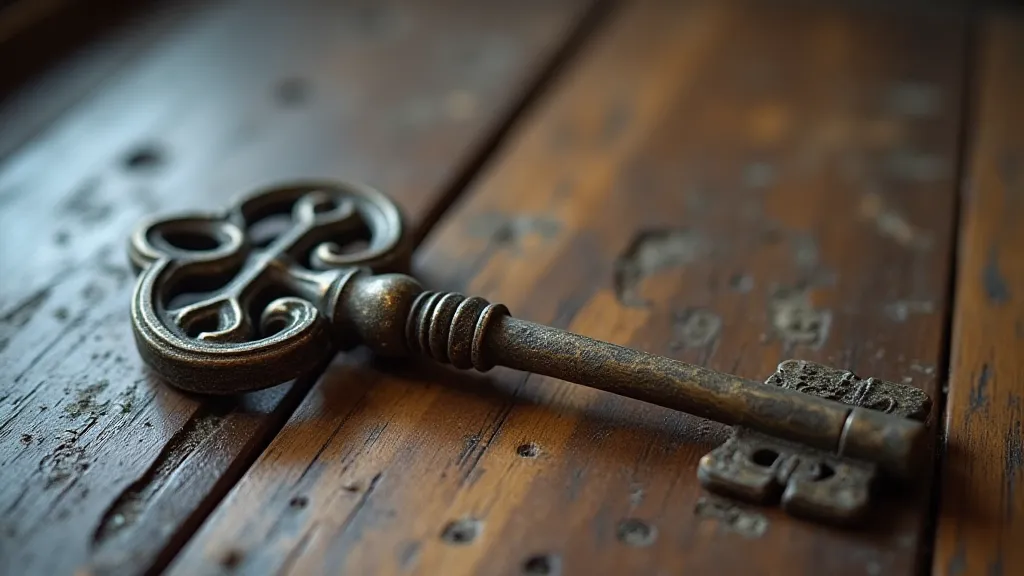
The History Locked Within
The earliest known keys date back to ancient Egypt and Mesopotamia, initially simple wooden pegs that slid directly into a slot. The development of the ‘bit’ – the part of the key that engages with the lock – was a gradual process, evolving alongside increasingly sophisticated locking mechanisms. Roman keys, for instance, were often long and slender, reflecting the architectural styles of the empire. Medieval keys, frequently crafted by blacksmiths, often showcased elaborate scrollwork and decorative embellishments, reflecting the artistry of the time. Understanding how these keys evolved over time is fascinating; you can delve deeper into the evolution of antique key designs to appreciate the incremental advancements in their form and function.
The 18th and 19th centuries witnessed a surge in key production, driven by the Industrial Revolution. Mass production techniques brought down costs, making keys accessible to a broader segment of the population. This period also saw the rise of specialized key makers, artisans who took immense pride in the precision and beauty of their work. Many of these craftsmen signed their creations – a testament to their dedication and a valuable detail for collectors. The impact of these advancements also changed how security was approached, and the role keys played in that. The history of keys and security demonstrates just how crucial these little mechanisms have been throughout the ages.
Understanding the historical context of a key significantly enhances its appeal. A heavy, iron mortise key from a 17th-century farmhouse tells a different story than a delicate, brass parlor key from the Victorian era. Each piece is a window into a specific moment in time, a tangible link to the lives and experiences of those who came before.
The Collector's Resonance
What draws one to key collecting? The aesthetic appeal is undeniable – the elegance of a finely crafted bow key, the raw strength of a jailhouse key, the playful charm of a novelty key. But it’s often something deeper that motivates the collector. Many describe a feeling of connection, a sense of being drawn to a key that resonates with their own personality or life experiences.
I remember acquiring a small, unassuming cabinet key – a simple, almost plain design. It wasn’t particularly valuable, nor was it exceptionally beautiful. Yet, it felt *right* in my hand. It evoked a feeling of quiet resilience, of understated elegance. It reminded me of my grandmother, a woman of few words but immense strength, who faced life’s challenges with a quiet dignity. It wasn’t about the key itself, but the emotions it stirred within me.
Some collectors are drawn to keys with specific origins – keys from historic buildings, keys belonging to famous individuals, keys with intriguing stories attached. The narrative element is crucial. A key that once secured the door to a stagecoach, or unlocked a writer’s desk, carries a weight of history and imagination that transcends its material value.
There's a certain melancholic beauty to these relics of the past, a poignant reminder of transience. Homes are built and abandoned, lives are lived and lost, but the keys – the silent guardians – remain, holding the secrets of vanished worlds. The artisans who crafted them – the locksmiths – played a vital role, and their skills were often passed down through generations. For an expanded look at the craft and the innovators who shaped the field, check out the history of locksmithing and key cutting.
Key Types and Identification
The world of antique keys is surprisingly diverse. Understanding different types is vital for identification and appreciation. Skeleton keys, with their distinctive looped head and projecting bit, were common for centuries, used in a wide variety of applications. Mortise keys, often larger and heavier, were used with mortise locks – a common design in older homes. Ward keys, with their stepped bits, were associated with intricate locking mechanisms. Parlor keys, often ornate and decorative, graced the doors of drawing rooms and private spaces.
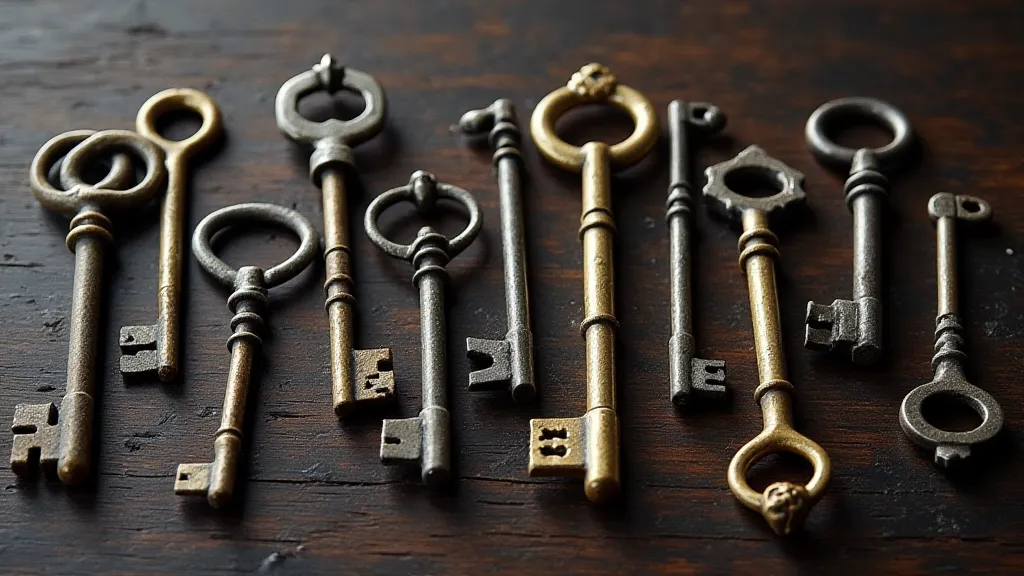
Identifying a key's origin can be challenging, but there are clues to look for. Markings, whether stamped or engraved, can indicate the key maker's name or a date. The material (iron, brass, steel) can provide a timeline. The design and style can offer clues about the era it belongs to. Researching key makers and lock designs is a rewarding, though sometimes arduous, process. The evolution of the craft is fascinating, and the details in design speak volumes about the time period.
Restoration and Preservation
While cleaning and restoring antique keys can enhance their beauty, it’s essential to proceed with caution. Harsh chemicals and abrasive methods can damage the patina – the natural aging process that gives keys their character and value. Gentle cleaning with mild soap and water is often the best approach. Applying a light coat of wax can help protect the metal and prevent rust.
For more significant restoration projects, consulting with a professional conservator is recommended. They possess the expertise and specialized tools to safely clean, repair, and preserve these delicate artifacts. The goal should always be to preserve the key's integrity, not to erase its history. Patina adds character, and removing it diminishes the key's story.
The knowledge required to properly identify, restore, and care for antique keys is substantial, reflecting the complexity of the craft. It's more than just aesthetics; it's about respecting the history embedded within each piece.
Beyond the Basics: Colonial Era Keys
Delving deeper into specific eras reveals even more nuanced details. Keys from the Colonial era, for instance, often display unique characteristics influenced by European craftsmanship and adapted to the nascent American colonies. These keys frequently exhibit a blend of practicality and understated elegance, reflecting the values and lifestyle of the time. The designs often tell stories about the materials available and the skills brought over from Europe. The specific designs are often a product of a unique blend of European craftsmanship and practical American needs.
The Sentimental Value and Emotional Connection
Ultimately, key collecting is about more than just accumulating objects. It’s about forging a connection to the past, honoring the skilled artisans who created these intricate tools, and finding resonance with the lives that unfolded before us. Holding an antique key isn't just handling a piece of metal; it's touching a piece of history, a tangible link to generations gone by. The subtle hum, the feeling of weight in your hand, these are more than sensory experiences; they are invitations to connect with a narrative far larger than ourselves.
